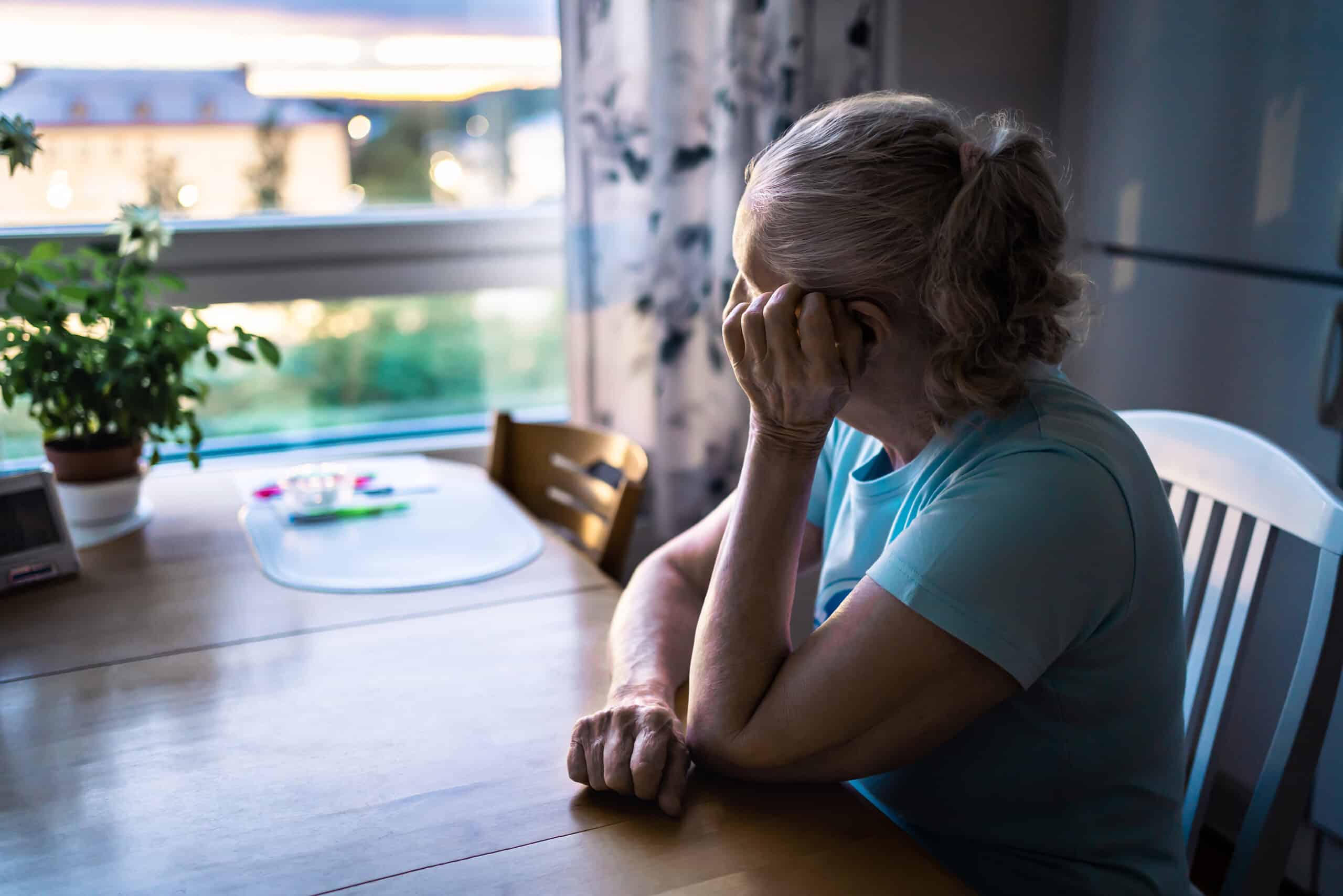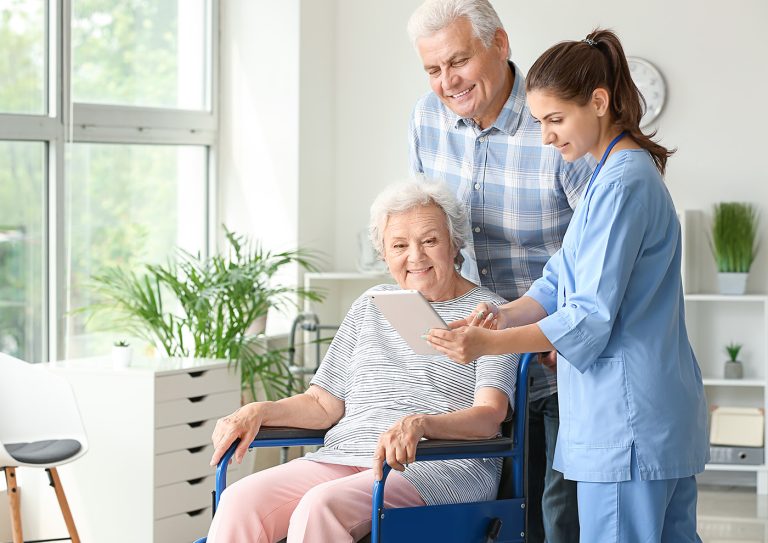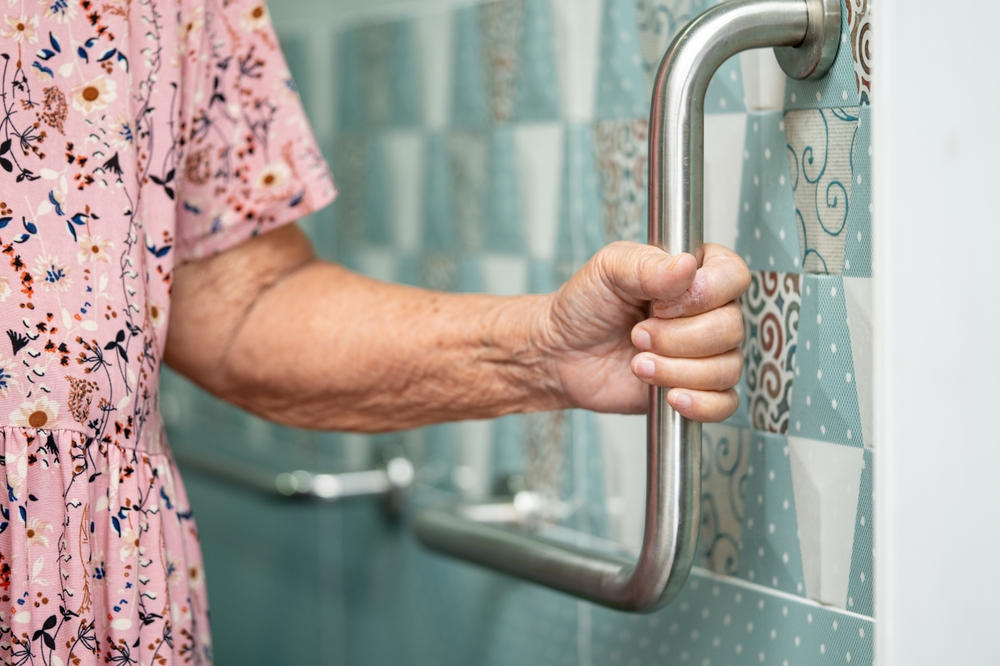Ensuring the safety of seniors at home is a top priority for family caregivers. As our loved ones age, their needs change, requiring us to adapt our homes to help them live safely and comfortably. In this article, we will explore various strategies and tips on how to help seniors stay safe at home. These methods not only promote independence but also provide peace of mind for both seniors and their families.
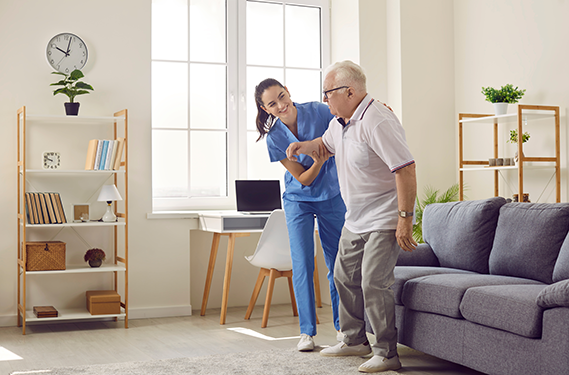
Understanding the Risks
Before implementing safety measures, it is crucial to understand the risks that seniors face at home. Falls, medication errors, and home hazards are common issues that can lead to severe injuries or health complications. Recognizing these risks is the first step in creating a safer living environment.
Common Home Hazards
Seniors are often at risk of tripping over loose rugs, clutter, or uneven flooring. Poor lighting and inaccessible storage areas also contribute to accidents. Identifying and addressing these hazards can significantly reduce the likelihood of injuries.
The Impact of Falls
Falls are a leading cause of injury among older adults. According to the National Institute on Aging, falls can lead to fractures, hospitalizations, and a decline in independence. Therefore, fall prevention is a critical aspect of senior safety at home.
Implementing Safety Measures
Once you have identified potential hazards, the next step is to implement safety measures to mitigate these risks. Here are some effective strategies:
Minimizing Fall Risks
To minimize fall risks, ensure that floors are clear of clutter and that carpets are secured. Installing grab bars in bathrooms and handrails on stairs can provide additional support. Motion-sensor lighting can improve visibility, especially at night.
Smart Technology Solutions
Smart technology offers numerous solutions to enhance home safety for seniors. Devices such as fall detection systems and IoT sensors can monitor daily activities and alert caregivers to any unusual behavior. For more information, visit Smart Elderly Care Solutions.
Medication Management
Proper medication management is crucial to prevent errors and adverse reactions. Organize medications in labeled pill organizers and set reminders for timely intake. Additionally, consult with healthcare providers to ensure medications do not interact negatively.
Creating a Supportive Environment
A supportive environment can greatly enhance a senior’s quality of life. This involves more than just physical adjustments; emotional and social support is equally important.
Encouraging Social Interaction
Social interaction is vital for mental and emotional well-being. Encourage seniors to engage in community activities or join social groups. Regular visits and communication with family members also help combat loneliness.
Professional Support Services
Consider hiring professional support services, such as home health aides or occupational therapists, to assist with daily tasks and provide companionship. These services can help seniors maintain independence while ensuring their safety.
Educating Family Caregivers
Family caregivers play a crucial role in maintaining the safety and well-being of seniors. Educating caregivers on best practices and available resources is essential for effective care.
Training and Resources
Provide caregivers with access to training programs and resources to enhance their skills. Many organizations offer workshops and online courses on senior care and safety.
Building a Caregiver Network
Building a network of caregivers can provide valuable support and share the caregiving responsibilities. This network can offer advice, share experiences, and provide emotional support.
Regular Safety Assessments
Conducting regular safety assessments is crucial to ensure ongoing safety at home. Periodically review the home environment and make necessary adjustments as the senior’s needs change.
Checklist for Safety
Create a checklist to regularly evaluate potential hazards and ensure all safety measures are in place. This proactive approach can help prevent accidents and improve overall safety.
Adapting to Changing Needs
As seniors age, their needs will change. Be prepared to adapt the home environment and caregiving strategies to accommodate these changes. Flexibility is key to providing effective care.
Conclusion
Understanding how to help seniors stay safe at home involves a comprehensive approach that addresses physical, emotional, and social needs. By implementing safety measures, utilizing smart technology, and providing support, family caregivers can create a secure and nurturing environment for their loved ones. For more information on fall prevention and elderly care, visit RACGP Falls Prevention.
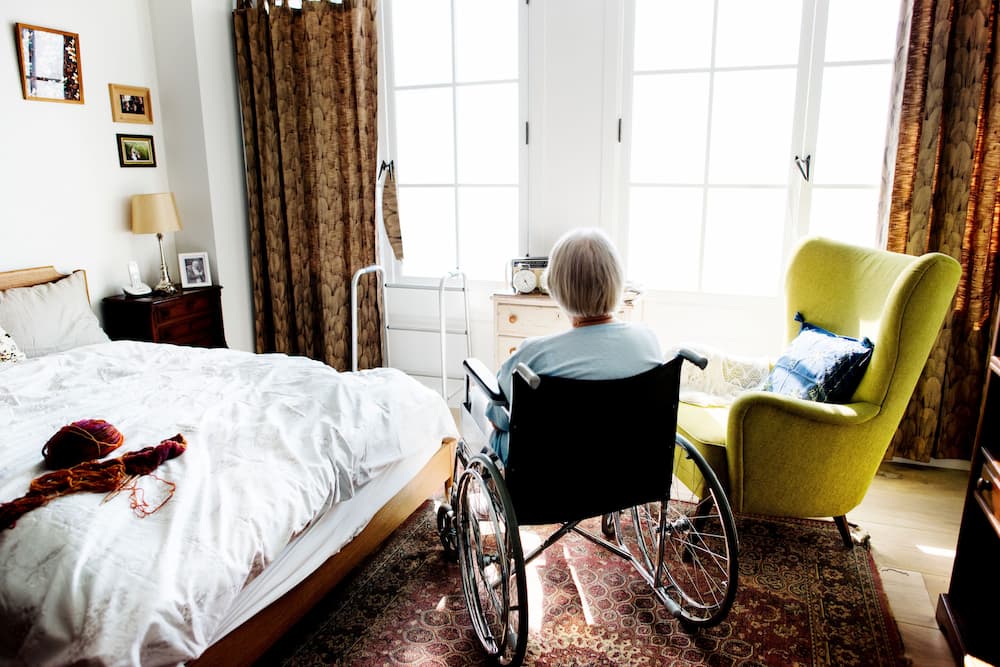
FAQ
What are common home hazards for seniors?
Common home hazards for seniors include loose rugs, clutter, poor lighting, and inaccessible storage areas. Addressing these hazards can reduce the risk of falls and injuries.
How can technology help in senior safety?
Smart technology, such as fall detection systems and IoT sensors, can monitor daily activities and alert caregivers to any unusual behavior, enhancing home safety for seniors.
What support services are available for family caregivers?
Support services for family caregivers include training programs, professional aides, and caregiver networks. These resources provide valuable assistance and support in caring for seniors.
This article contains affiliate links. We may earn a commission at no extra cost to you.

